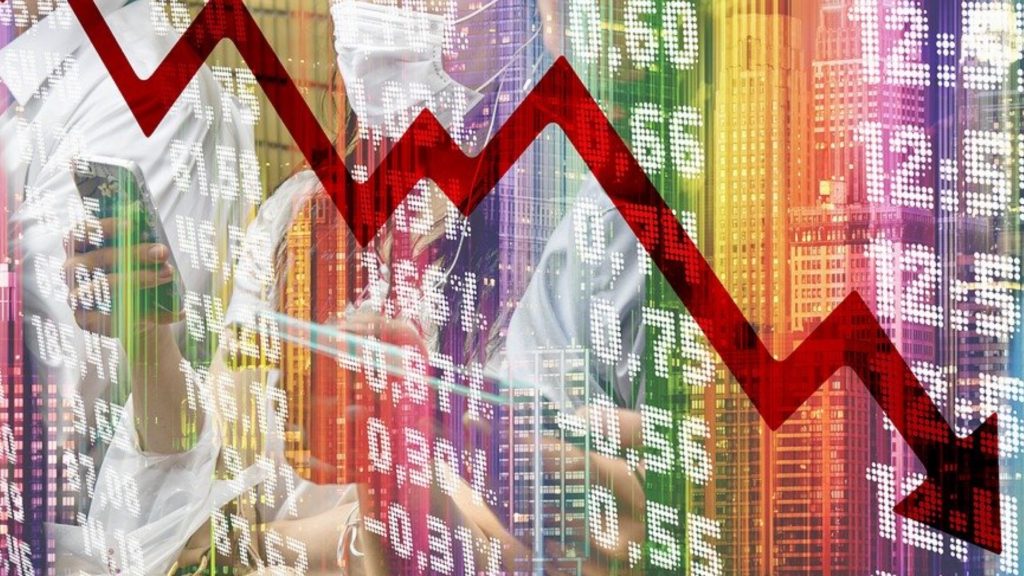
The financial stability interest rate
The financial stability interest rate is a threshold above which the real interest rate in an economy triggers financial constraints and systemic instability. It is different from the natural rate of interest, which balances growth and inflation. Indeed, the relationship between the financial stability interest rate and the natural interest rate may be one of the most important predictors of medium-term market direction and future crisis risk. A low financial stability rate versus the natural rate will create a tendency for real interest rates to rise to levels that disrupt financial relations. Factors that lower the financial stability rate include leverage and asset quality in the financial system. It is possible to build time series of financial conditions and stability rates.








